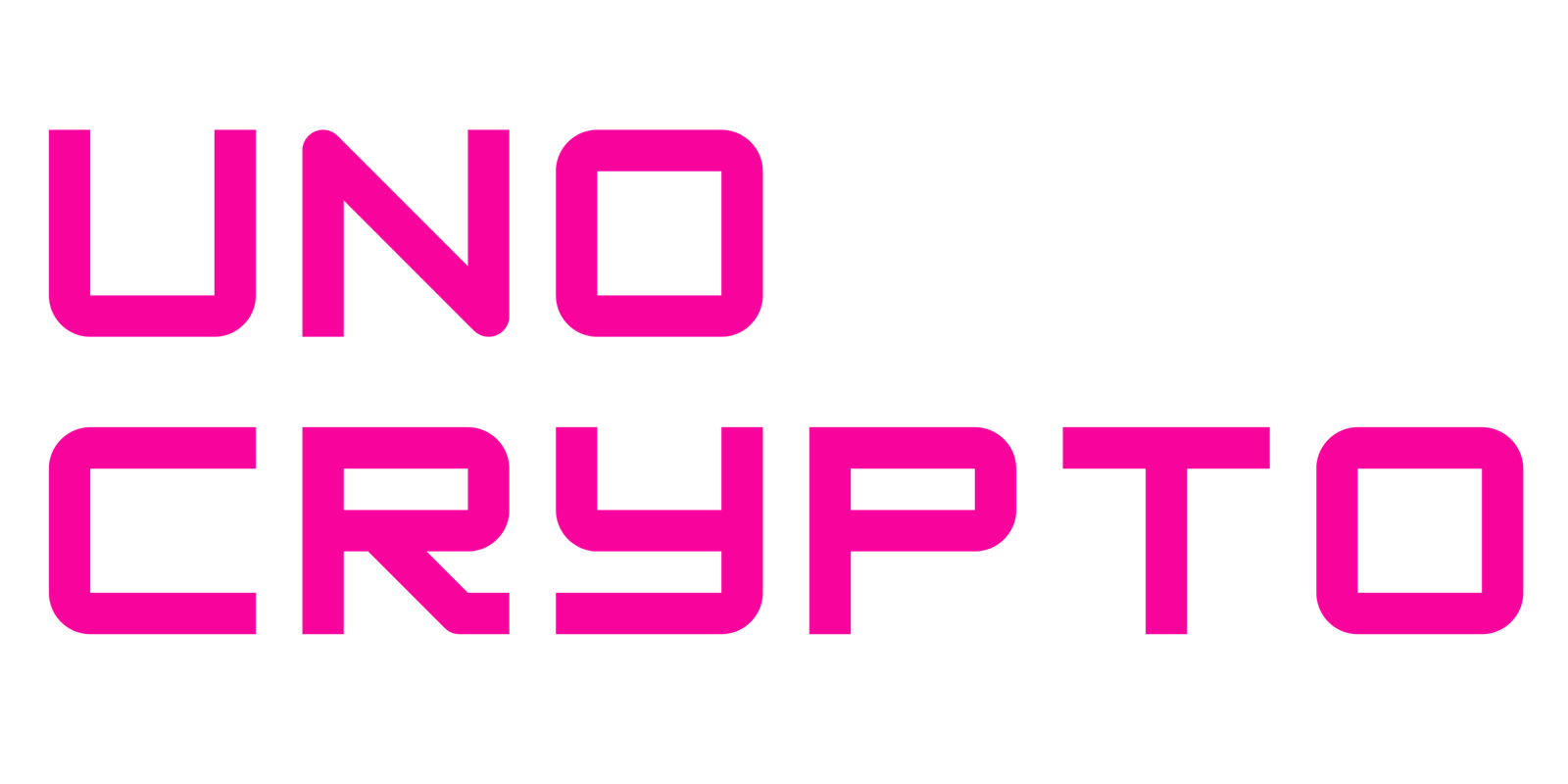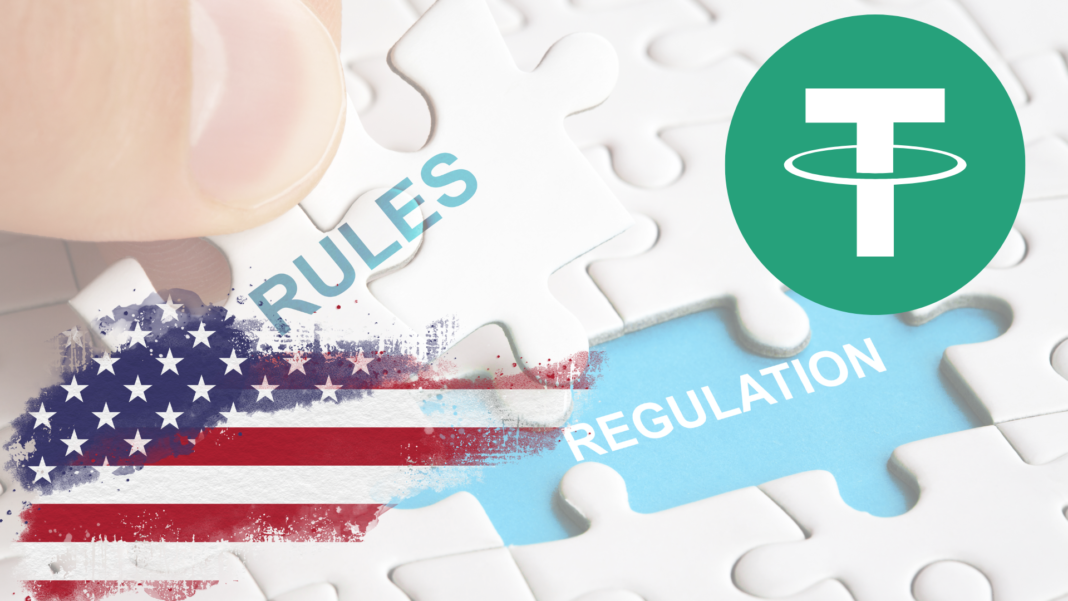Tether, the issuer of USDT, could be forced to sell non-compliant assets—including Bitcoin, precious metals, corporate paper, and secured loans—if new U.S. stablecoin regulations come into effect, according to analysts at JPMorgan.
Tether’s Reserves Could Face Scrutiny
Two proposed bills, the Stablecoin Transparency and Accountability for a Better Ledger Economy (STABLE) Act in the House and the Guiding and Establishing National Innovation for U.S. Stablecoins (GENIUS) Act in the Senate, aim to impose stricter regulations on stablecoin issuers.
These regulations include licensing requirements, risk management guidelines, and a mandate for stablecoins to be backed 1:1 by high-quality liquid assets.
JPMorgan analysts, led by Nikolaos Panigirtzoglou, stated that Tether’s current reserves would not fully comply with either proposed law. Under the STABLE Act, only 66% of Tether’s reserves meet regulatory requirements, while under the GENIUS Act, 83% are compliant.
These figures indicate a decline in compliance since mid-2024, largely due to the increasing supply of stablecoins.
Tether’s Bitcoin Holdings
Tether holds approximately 83,758 Bitcoin, valued at over $8 billion, as part of its reserves. The company first disclosed its Bitcoin holdings in 2023 when it announced plans to allocate up to 15% of its quarterly profits to purchasing Bitcoin.
However, under the proposed regulations, assets like Bitcoin and precious metals would not qualify as acceptable reserves. This means Tether may need to liquidate a portion of these holdings and shift toward U.S. Treasuries and other liquid assets to comply with U.S. laws.
Differences Between the STABLE Act and the GENIUS Act
The STABLE Act focuses on state-level regulation of stablecoins, imposing stricter reserve requirements and ensuring issuers back their tokens with liquid, high-quality assets such as cash and U.S. Treasuries.
Meanwhile, the GENIUS Act proposes federal oversight for large stablecoin issuers while allowing a broader range of reserve assets.
If either bill becomes law, Tether will be forced to restructure its reserves significantly. Given its dominance in the stablecoin market, such a transition could impact its financial strategy and asset allocation.
Also Read: Crypto.com Delists Tether USDT, WBTC, DAI & Many More To Abide By MiCA Regulations
Regulatory Challenges in the EU Under MiCA
Beyond the U.S., Tether is also facing increasing regulatory pressure in the European Union (EU) under the Markets in Crypto-Assets (MiCA) framework. The regulation, which is set to fully roll out in 2024 and 2025, imposes strict reserve and transparency requirements on stablecoin issuers operating within the EU.
MiCA mandates that stablecoins maintain fully backed reserves, ensuring they are redeemable at any time. Additionally, issuers must regularly disclose their reserve composition and undergo regulatory scrutiny.
This presents another challenge for Tether, as some of its existing reserve assets may not align with MiCA’s liquidity and transparency standards.
Tether’s Market Position Under Pressure
JPMorgan analysts noted that while the EU’s MiCA framework presents hurdles, the U.S. market poses an even greater challenge due to Tether’s significant market share in the region.
Given that U.S. lawmakers are pushing for stricter rules on stablecoin issuers, Tether’s dominance in the U.S. could be at risk.
With regulators demanding greater oversight and transparency, stablecoin issuers like Tether must adapt their reserve strategies. If these regulatory changes take effect, the company may need to adjust its holdings, shift toward more liquid assets, and reconsider its Bitcoin strategy.
Also Read: Stablecoin Issuer Tether Announces AI SDK Platform To Push AI Applications


